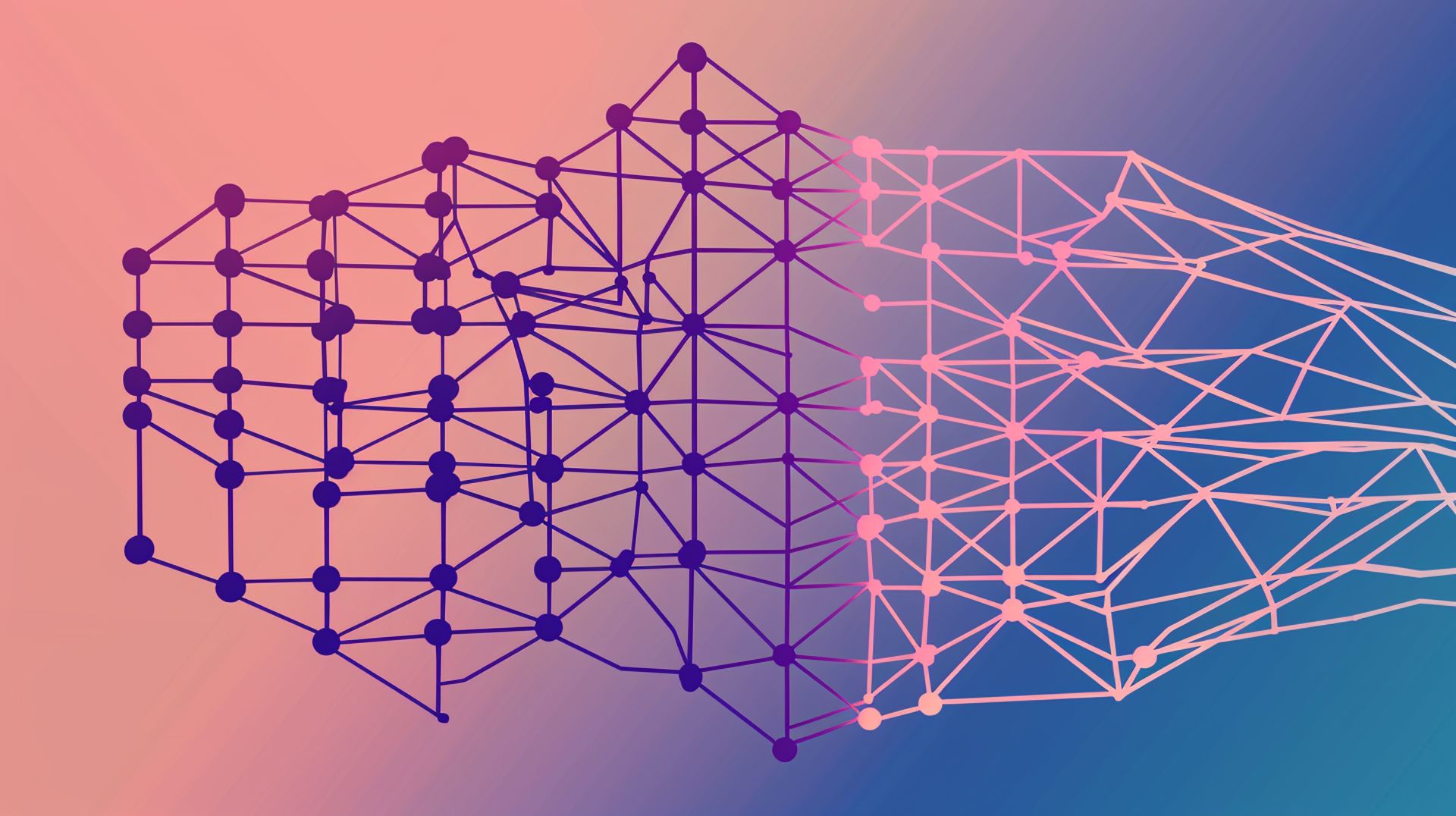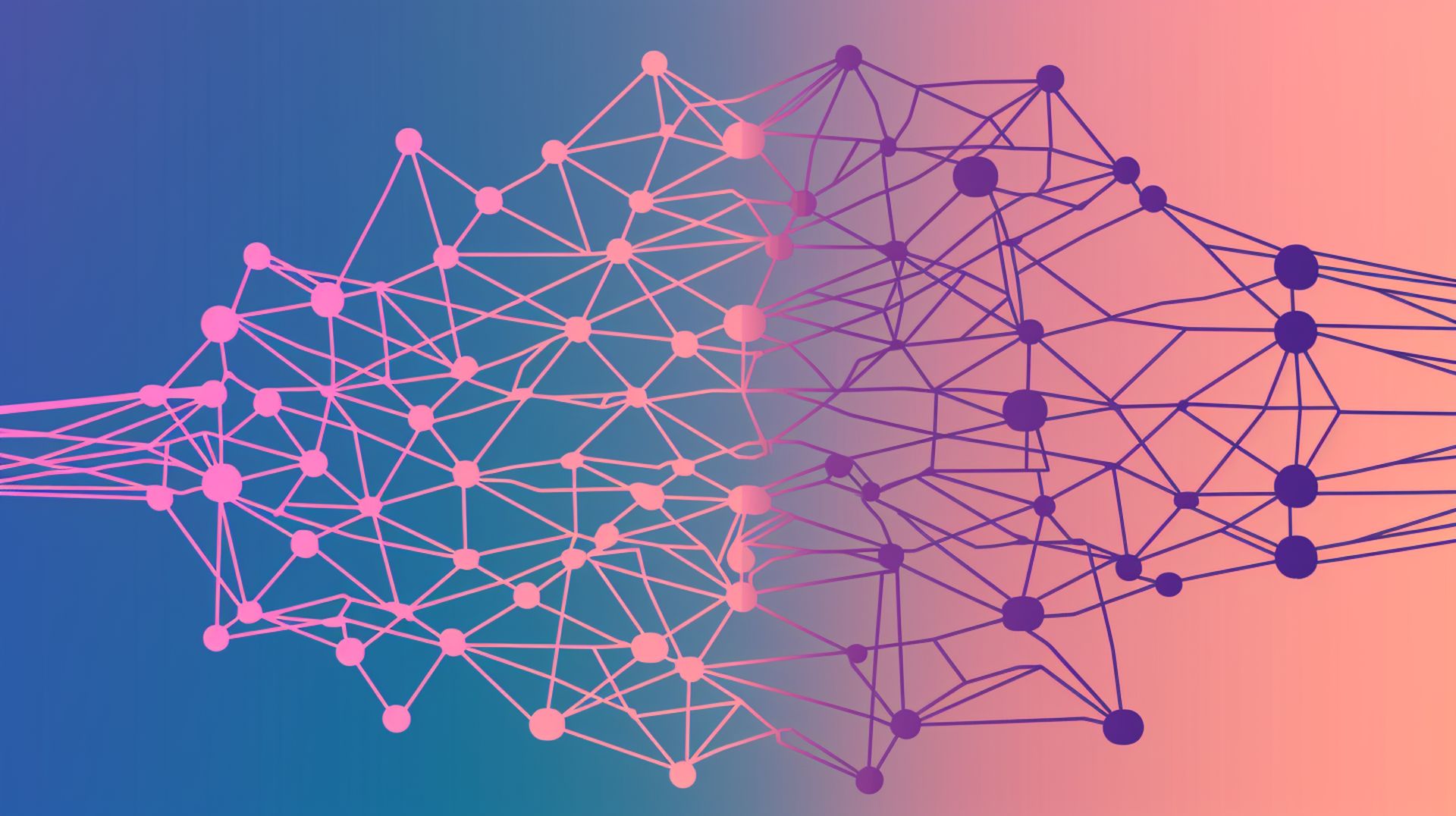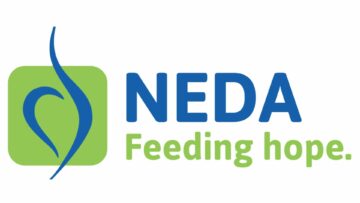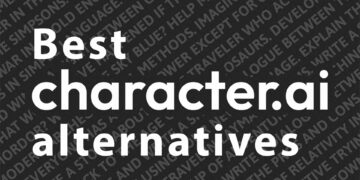Is reinforcement learning supervised or unsupervised? While this technical question is important, let’s shift our focus to a business lens. Reinforcement learning (RL) holds immense potential for transforming decision-making processes and optimizing strategies across industries.
The sheer volume of data produced by computers, smartphones, and various technologies can be daunting, particularly for those uncertain about its implications. To harness this data effectively, researchers and programmers frequently employ machine learning to enhance user experiences.
Emerging daily are sophisticated methodologies for data scientists encompassing supervised, unsupervised, and reinforcement learning techniques. This article aims to succinctly describe supervised, unsupervised, and reinforcement learning, highlight their distinctions, and illustrate their applications by prominent companies.
Is reinforcement learning supervised or unsupervised?
Reinforcement learning carves its own path in the world of machine learning, distinct from both supervised and unsupervised learning. But first let’s learn what are supervised and unsupervised learning first.
What is supervised learning?
Supervised learning is a machine learning technique where a model is trained on a labeled dataset. This means the data includes both input examples and their corresponding desired outputs (labels). The goal is for the model to learn the relationship between the inputs and outputs, so it can accurately predict the output for new, unseen data.
Think of it like a student learning with a teacher. The labeled dataset is like practice problems with solutions. The student (the model) studies these examples and the teacher (the algorithm) guides the learning process. The goal is for the student to learn how to solve similar problems independently.
Key concepts:
- Labeled data: The heart of supervised learning. Each data point has an input (features) and its corresponding correct output (label).
- Training: The model is fed the labeled data. It analyzes patterns and correlations between inputs and outputs.
- Learning function: The model develops a mathematical function that maps inputs to outputs as accurately as possible.
- Prediction: Once trained, the model can take new inputs and predict their corresponding outputs.

What is unsupervised learning?
Unsupervised learning is a machine learning technique where the model is trained on an unlabeled dataset. This means the data only includes the inputs, with no corresponding target outputs. The goal is for the model to discover hidden patterns, structures, or relationships within the data itself.
Think of it like a child exploring a new environment without any specific instructions. The child learns by observing patterns, grouping similar objects, and understanding relationships without anyone directly telling them what things are called.
Key concepts:
- Unlabeled data: Unsupervised learning doesn’t have pre-defined answers to learn from.
- Pattern discovery: The model analyzes the data to find similarities, differences, and underlying structures.
- No explicit guidance: No “teacher” corrects the model. It learns through self-discovery.

What is reinforcement learning?
Reinforcement learning is a type of machine learning where an agent learns through trial and error by interacting with an environment. The agent tries different actions, receives rewards or penalties based on its actions, and adjusts its strategy to maximize the total reward over time.
Imagine training a dog. You don’t explicitly tell the dog how to sit. Instead, you give it rewards (treats) when it performs actions that lead to sitting. Over time, the dog learns to associate sitting with rewards
Key concepts:
- Agent: The decision-maker, the entity that learns.
- Environment: The system the agent interacts with.
- State: The current situation of the agent within its environment.
- Actions: What the agent can do in its environment.
- Rewards: Positive or negative feedback signals the agent receives for its actions.
- Policy: The strategy the agent uses to determine what action to take in a given state.

Which machine learning technique to choose?
There’s no single “best” machine learning technique that universally outperforms all others. The best technique depends entirely on these factors:
- The problem: What task are you trying to solve?
- Classification (e.g., email spam filtering)?
- Regression (e.g., predicting housing prices)?
- Clustering (e.g., grouping customers)
- Anomaly detection (e.g., identifying fraudulent transactions)?
- Type of data:
- Is your data labeled or unlabeled?
- How large is your dataset?
- Is the data structured (e.g., numbers, categories) or unstructured (e.g., images, text)?
- Desired performance:
- Do you prioritize speed or high accuracy?
- How important is it for the model to be easily interpretable (understanding how it makes decisions)?
Choose supervised learning if you have a dataset with labeled examples (input data and their corresponding correct outputs). Popular techniques include Linear Regression (for predicting continuous values), Logistic Regression (for classification), Decision Trees (for creating rule-based models), SVMs (for finding boundaries between data classes), and Neural Networks (for complex pattern recognition).
Unsupervised learning is perfect for exploring your dataset, uncovering hidden patterns, or grouping similar data points when you don’t have a predefined outcome in mind. Popular techniques include K-Means Clustering (grouping data by similarity), Principal Component Analysis (PCA) (reducing data complexity), and Autoencoders (for finding compact representations of data).
Reinforcement learning is particularly useful for problems focused on decision-making with long-term rewards, like in games or robotics. In reinforcement learning, an agent interacts with an environment, gets feedback in the form of rewards or penalties, and learns the optimal strategy to maximize rewards over time.
Image credits: Kerem Gülen/Midjourney
- SEO Powered Content & PR Distribution. Get Amplified Today.
- PlatoData.Network Vertical Generative Ai. Empower Yourself. Access Here.
- PlatoAiStream. Web3 Intelligence. Knowledge Amplified. Access Here.
- PlatoESG. Carbon, CleanTech, Energy, Environment, Solar, Waste Management. Access Here.
- PlatoHealth. Biotech and Clinical Trials Intelligence. Access Here.
- Source: https://dataconomy.com/2024/04/12/understanding-different-machine-learning-techniques/
- :has
- :is
- :where
- 1
- 2%
- a
- About
- accuracy
- accurately
- across
- Action
- actions
- adjusts
- Agent
- aims
- algorithm
- All
- an
- analysis
- analyzes
- and
- answers
- any
- anyone
- applications
- ARE
- article
- AS
- Associate
- based
- BE
- BEST
- between
- both
- boundaries
- business
- but
- by
- called
- CAN
- categories
- child
- Choose
- classes
- classification
- clustering
- COM
- compact
- Companies
- complex
- complexity
- component
- computers
- concepts
- continuous
- correct
- correlations
- Corresponding
- Creating
- Credits
- Current
- Customers
- daily
- data
- data points
- decision
- Decision Making
- decision-maker
- decisions
- depends
- describe
- desired
- Detection
- Determine
- develops
- differences
- different
- directly
- discover
- discovery
- distinct
- do
- Doesn’t
- Dog
- Dont
- e
- each
- easily
- effectively
- encompassing
- enhance
- entirely
- entity
- Environment
- error
- examples
- Experiences
- explicitly
- Exploring
- factors
- Features
- Fed
- feedback
- filtering
- Find
- finding
- First
- Focus
- focused
- For
- form
- fraudulent
- frequently
- from
- function
- Games
- gets
- Give
- given
- goal
- guidance
- Guides
- harness
- Have
- Heart
- Hidden
- High
- Highlight
- holds
- housing
- How
- How To
- http
- HTTPS
- identifying
- if
- illustrate
- images
- immense
- implications
- important
- in
- include
- includes
- independently
- industries
- input
- inputs
- instead
- instructions
- interacting
- interacts
- IT
- ITS
- itself
- jpg
- Label
- Labels
- large
- lead
- LEARN
- learning
- learns
- Lens
- like
- linear
- long-term
- machine
- machine learning
- Machine Learning Techniques
- MAKES
- Maps
- mathematical
- max-width
- Maximize
- means
- methodologies
- mind
- model
- models
- negative
- networks
- Neural
- neural networks
- New
- no
- numbers
- objects
- observing
- of
- on
- once
- only
- optimal
- optimizing
- or
- Others
- our
- Outcome
- Outperforms
- output
- outputs
- over
- own
- particularly
- path
- Pattern
- patterns
- penalties
- perfect
- performance
- performs
- plato
- Plato Data Intelligence
- PlatoData
- Point
- points
- Popular
- positive
- possible
- potential
- practice
- predict
- predicting
- Prices
- Principal
- Prioritize
- Problem
- problems
- process
- processes
- Produced
- Programmers
- prominent
- question
- receives
- recognition
- reducing
- regression
- reinforcement learning
- relationship
- Relationships
- representations
- researchers
- Reward
- Rewards
- robotics
- scientists
- sheer
- shift
- signals
- similar
- similarities
- single
- sit
- Sitting
- situation
- smartphones
- So
- Solutions
- SOLVE
- sophisticated
- spam
- specific
- speed
- State
- strategies
- Strategy
- structured
- structures
- Student
- studies
- succinctly
- supervised
- supervised learning
- system
- Take
- Target
- Task
- teacher
- Technical
- technique
- techniques
- Technologies
- tell
- telling
- text
- that
- The
- the world
- their
- Them
- These
- things
- this
- those
- Through
- time
- to
- Total
- trained
- Training
- Transactions
- transforming
- treats
- Trees
- trial
- tries
- trying
- type
- Uncertain
- underlying
- understanding
- universally
- unstructured
- unsupervised learning
- useful
- User
- uses
- Values
- various
- volume
- What
- when
- while
- with
- within
- without
- world
- you
- Your
- zephyrnet












